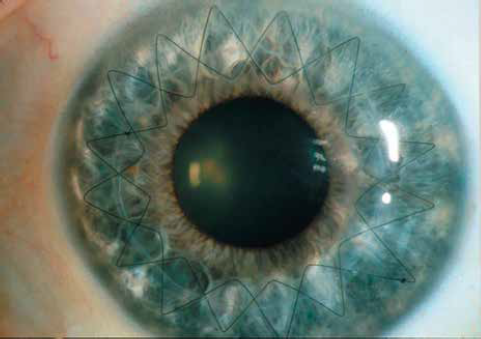Is PKP a Timeless Procedure?
Suggestions on choosing and improving outcomes of penetrating keratoplasty. Cheryl Guttman Krader reports.

Cheryl Guttman Krader
Published: Saturday, April 30, 2022

Suggestions on choosing and improving outcomes of penetrating keratoplasty. Cheryl Guttman Krader reports.

Published: Saturday, April 30, 2022
